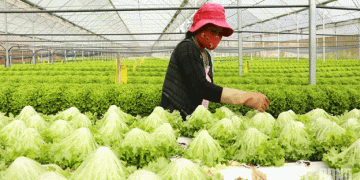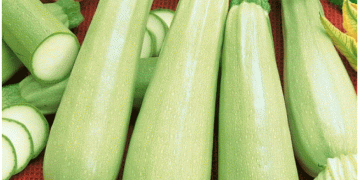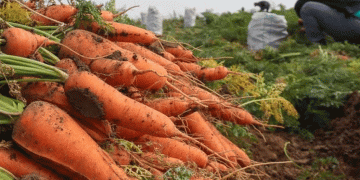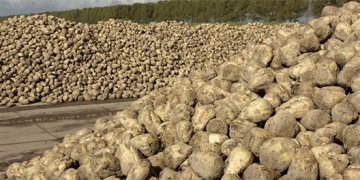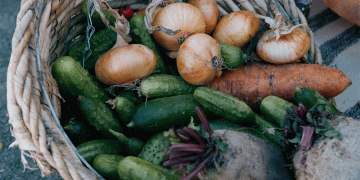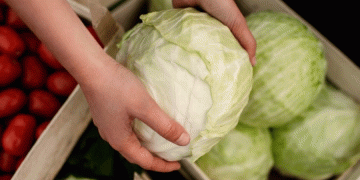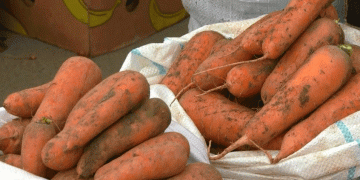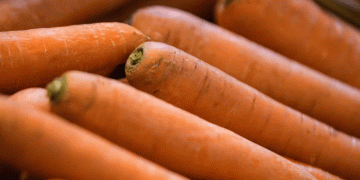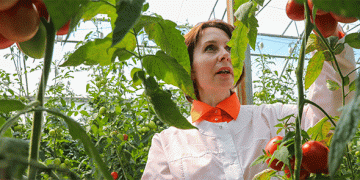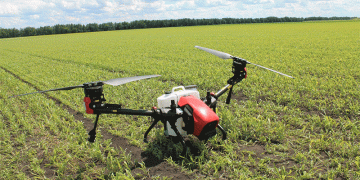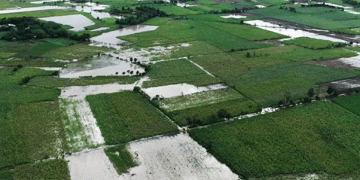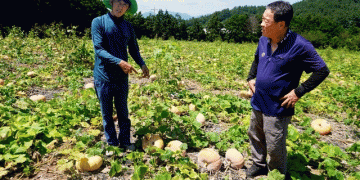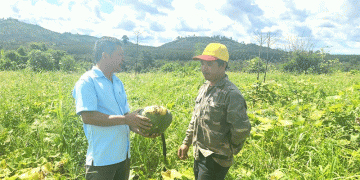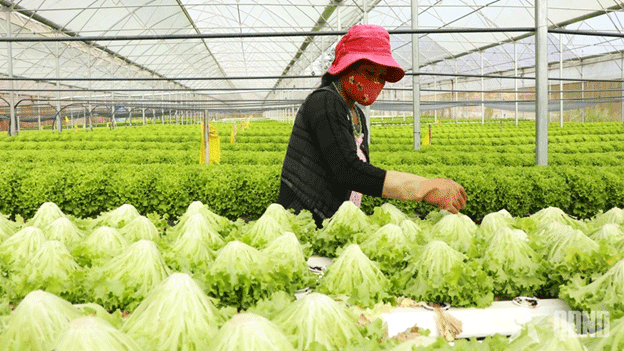Vietnam’s fruit and vegetable sector is experiencing a rapid transformation, driven by rising global demand, improved production practices, and expanding market access. According to the Ministry of Agriculture and Rural Development (MARD), the country exported a record $7.12 billion worth of fruits and vegetables in 2024, marking a significant milestone in its agri-export journey.
Now, Vietnam is setting its sights even higher—with an $8 billion export target for 2025.
Strong Foundations: Expanding Production and Crop Diversity
Vietnam benefits from a diverse range of agroecological zones, which allow it to grow over 120 types of vegetables, ranging from tropical to temperate crops. The country’s vegetable cultivation area reached over 1 million hectares in 2024, producing more than 19 million tonnes. At the same time, fruit tree cultivation expanded to 1.33 million hectares, with mango, banana, dragon fruit, and durian among the top export commodities.
Between 2016 and 2024, vegetable cultivation in Vietnam saw a steady increase in:
- Area: +1.4% per year (average growth)
- Yield: +2.6% per year (average growth)
This upward trend reflects the sector’s modernization through greenhouse cultivation, post-harvest technologies, and international certifications (like GlobalG.A.P and VietGAP), particularly in high-value zones such as Đà Lạt (Lâm Đồng Province).
Quality Is Key: Strengthening Compliance and Traceability
At a recent national workshop in Đà Lạt organized by the National Agricultural Extension Center and PSAV (Partnership for Sustainable Agriculture in Vietnam), experts emphasized that achieving the $8 billion goal requires more than volume—it demands trust in quality.
To meet strict import standards from key markets such as the EU, USA, China, and Japan, Vietnam must:
- Improve residue monitoring systems for pesticides and chemicals
- Adopt value chain-based production models
- Strengthen supply chain traceability with digital technologies
- Expand training on sustainable and climate-smart agriculture
According to FAO guidelines, post-harvest losses in developing countries like Vietnam can reach up to 30%, mostly due to poor handling, storage, and transportation. Addressing these inefficiencies could unlock significant export value.
Market Diversification: A Shield Against Trade Shocks
China remains Vietnam’s largest importer of fruits and vegetables, accounting for nearly 60% of export volume. However, trade experts warn against overdependence on a single market. Diversifying into regions such as the Middle East, South Korea, and Europe can reduce risk and increase resilience against geopolitical or regulatory disruptions.
This is especially important as global food safety standards continue to tighten. For instance, the EU’s Farm to Fork Strategy mandates stricter controls on pesticide residues and carbon footprints, which could affect Vietnam’s competitiveness unless compliance systems are strengthened.
Vietnam’s fruit and vegetable export industry has shown remarkable growth, reaching new records and opening up opportunities for farmers, exporters, and agri-tech providers alike. But to cross the $8 billion threshold in 2025, the sector must scale its value chains, improve quality assurance, diversify markets, and push for sustainable production. With the right investments and collaboration between public and private stakeholders, Vietnam is well-positioned to become a global leader in fresh produce exports.
